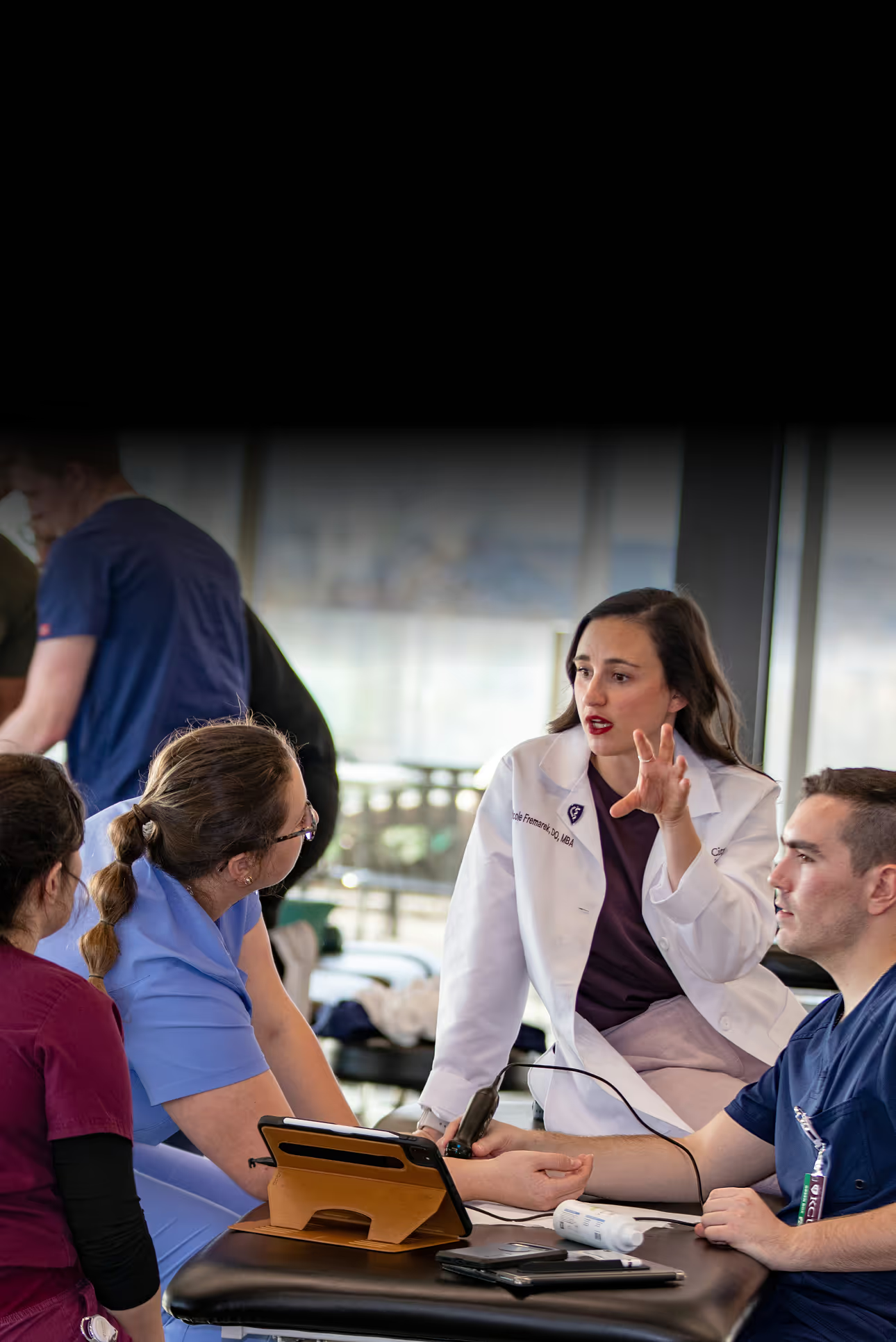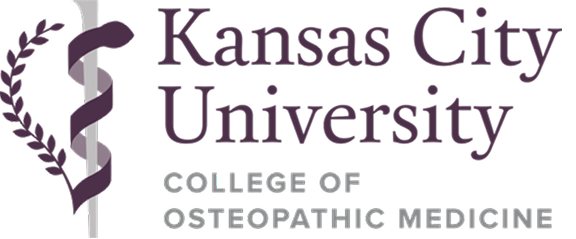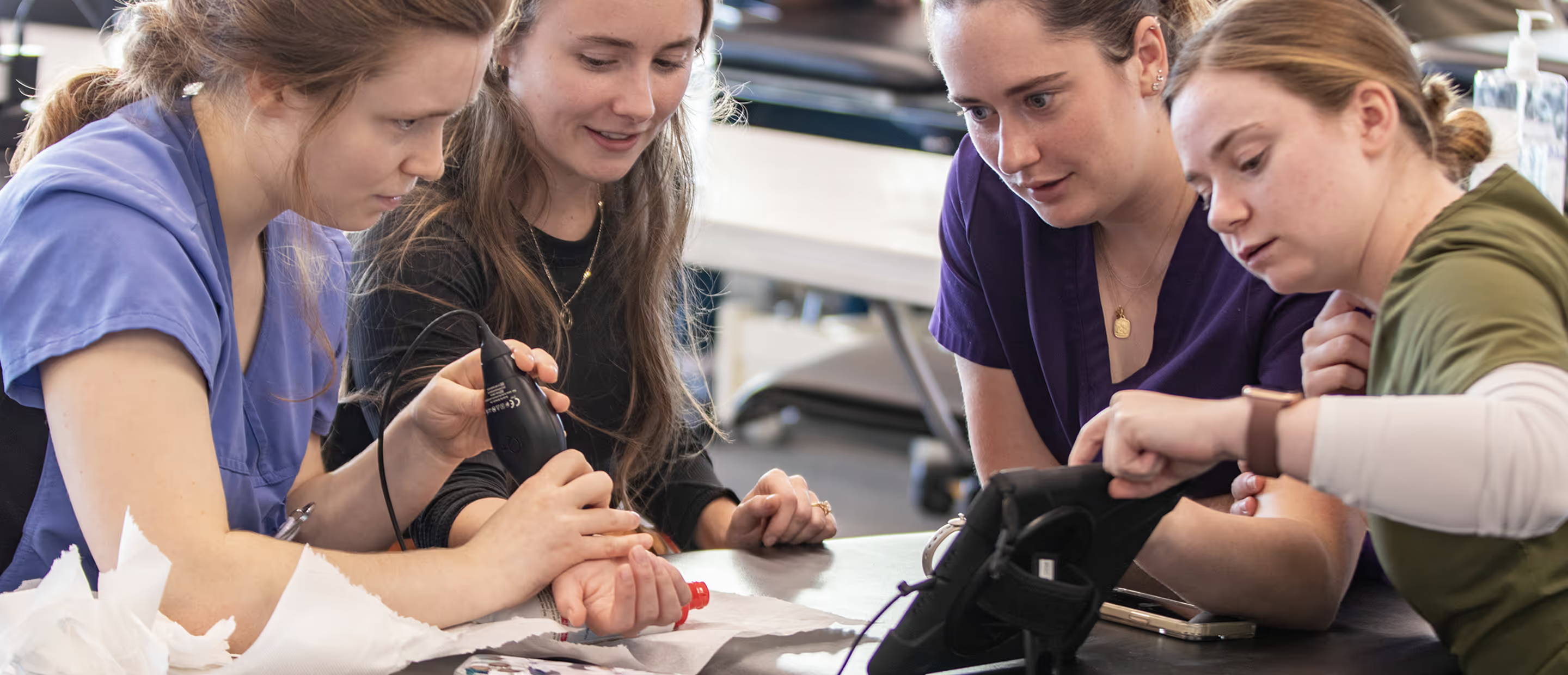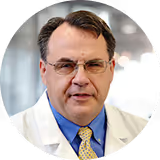Kansas City University’s AI-Powered Ultrasound Curriculum with Butterfly
November 2025



Over 40% of U.S. medical schools currently do not offer POCUS training. Of those that do, only 8% offer an integrated POCUS education in their 4-year curriculum.1 In 2022, faculty leaders at Kansas City University College of Osteopathic Medicine (KCU-COM) asked a transformative question: How can we integrate POCUS across the curriculum and ensure that every student graduates proficient in this clinical skill?
Dr. Robert Arnce, FACEP, Director of Clinical Integration, and Dr. W. Joshua Cox, FACOFP, Executive Dean, KCU embarked on a three-year journey to scale their ultrasound program from initial skills lab exposure to electives and ultimately a core requirement. With the launch of their 1:1 POCUS model in fall 2025, every incoming student now receives a Butterfly probe and develops POCUS skills throughout four years of training.
When our graduates enter residency proficient in point-of-care ultrasound, they can apply their skills from day one. It's an edge for them and a distinction for us.
Integrating point-of-care ultrasound throughout our curriculum has transformed how we teach medicine. We’re equipping students with the tools that reflect the future of health care.
Impact
student-to-probe ratio achieved across 430 students
student scans reviewed through Quality Assurance as a Service
hours of faculty time saved with ScanLab and Quality Assurance as a Service
students actively scanning across all program phases
of students committed to POCUS training requiring independent practice
of students willing to invest $2,000 in ultrasound equipment
Since the program's launch, KCU has established one of the most comprehensive medical school POCUS programs in the United States. Students develop clinical competency comparable to residents by their third year, with measurable improvements in diagnostic confidence, patient management capabilities, and residency application competitiveness.
The enterprise-wide deployment of point-of-care ultrasound has led to significant clinical improvements, with students applying POCUS skills during clinical rotations.

By the time they reach their third year, many students have developed a strong command of point-of-care ultrasound, applying their skills with confidence in clinical settings.
Student Success Stories
KCU students are already demonstrating the clinical value of their training. By the time students reach third- and fourth-year clinical rotations, they can perform clinically relevant imaging at the bedside and use those crucial imaging insights in clinical care. KCU has found that these ultrasound skills are transferable to other scan types, with some students applying their existing POCUS knowledge to scan for gallstones or perform a well-baby ultrasound exam.
Thanks to their experiences in the POCUS program, hundreds of KCU students have developed advantageous POCUS skills. This is an advantage that makes them more competitive as they apply for residency positions and ultimately as they become independent practicing clinicians.
The knowledge and skill to get quality images and interpret them is rapidly becoming an expectation for residents and students, and the POCUS training I received at KCU has put me ahead of the curve.
Conclusion
KCU's partnership with Butterfly demonstrates how medical schools can successfully implement comprehensive POCUS education programs using AI-powered education apps. Their three-phase approach—from interest group to electives to core curriculum integration—provides a proven roadmap for institutions looking to prepare students for the future of medicine while creating significant competitive advantages for students.
As Dr. Arnce notes, "We aim to be on the forefront of developing ultrasound curriculum and competency standards for point-of-care ultrasound." KCU is leading an innovative model that serves as a powerful example of transforming medical education to match today's standards and training students to provide the highest level of care to their patients and communities.



